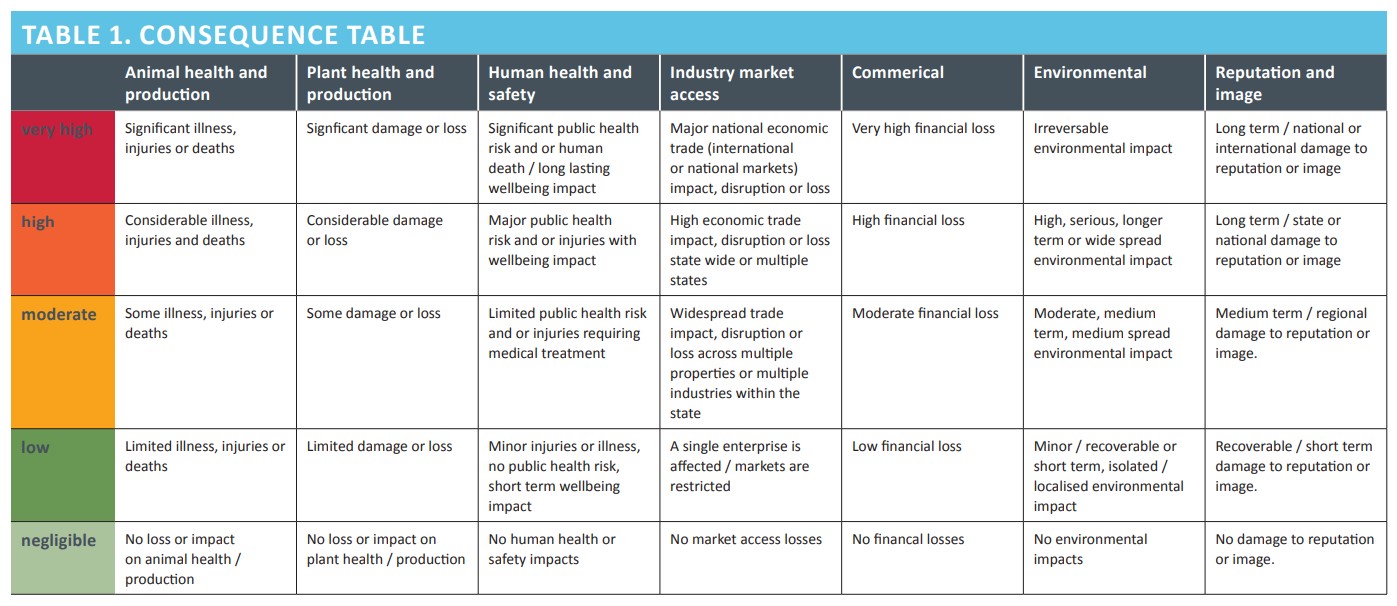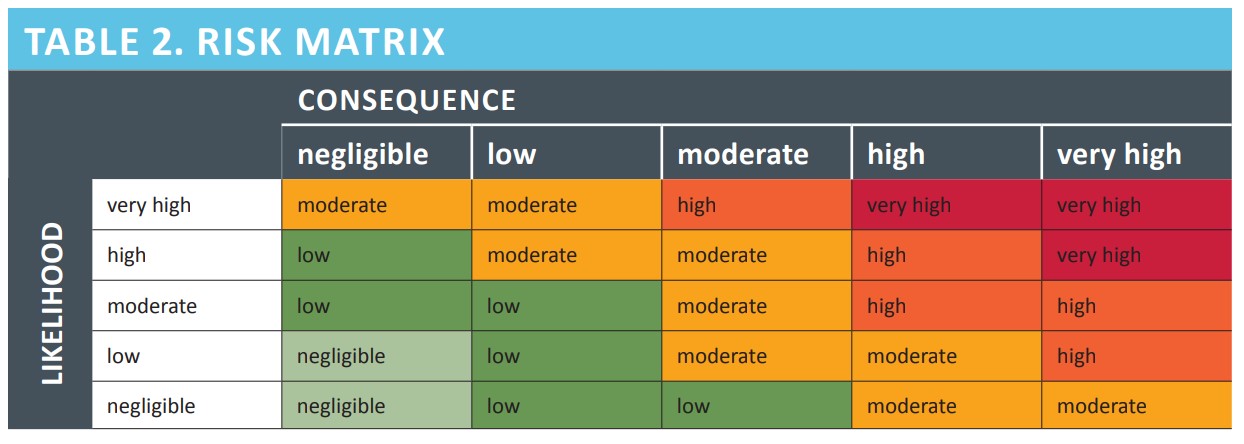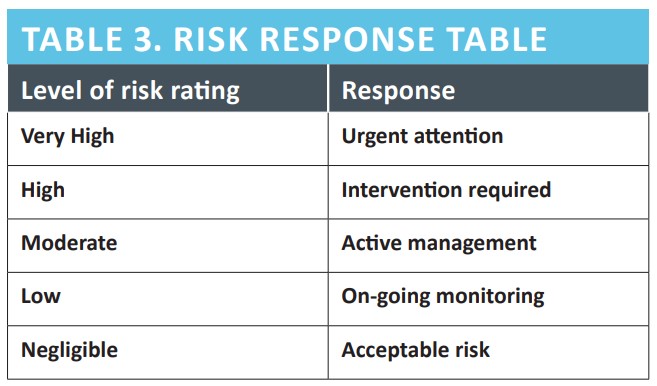
On-farm biosecurity is based on minimising the risks of a pest and disease incursion
Every property and farming enterprise is different and each faces a unique set of challenges and risks. Biosecurity risks can occur when livestock, people, vehicles, equipment and supplies are brought onto, moved around or moved off a property.
To reduce the chance of a pest or disease incursion, producers can conduct an enterprise risk assessment to highlight high-risk versus low-risk practices and identify ways to minimise risk. Identifying the practices to implement within a business allows producers to develop an action plan which will help to improve biosecurity.
How to complete a risk assessment
A risk assessment is an important element of biosecurity management. Risks can be summarised as a rating determined from the combination of a particular hazard, the likelihood that the hazard will cause damage and the consequence/s of those damages to property or business. Completing a risk assessment is a practical approach to biosecurity to ensure resources are allocated to achieve an outcome efficiently.
HAZARD + LIKELIHOOD OF DAMAGE + CONSEQUENCE = RISK
When completing a risk assessment, producers should consider what hazards are present within their management practices. A hazard is an event which causes some form of damage to livestock, people, property or business.
For each hazard identified, the odds of that event occurring should be considered to determine a likelihood rating. Keep in mind that the likelihood of some events happening is entirely out of a producer’s control, while for other events there may be actions which can influence the likelihood through management.
Once the likelihood of an event occurring has been determined, the extent of the damages which would be caused if the event were to occur should be considered to determine a consequence rating (Table 1).

After finding the likelihood of an event occurring and the consequence of the event, you can then determine the risk rating for that particular hazard (Table 2).

Once you have identified the risk rating, you can then determine what response is required from you to minimise the risk of the event occurring (Table 3).

For most hazards producers will be able to reduce their consequence through some form of management action. Hazards which have returned a 'moderate', 'high' or 'very high' risk rating should be included in the action plan to put processes in place to reduce the risk.
